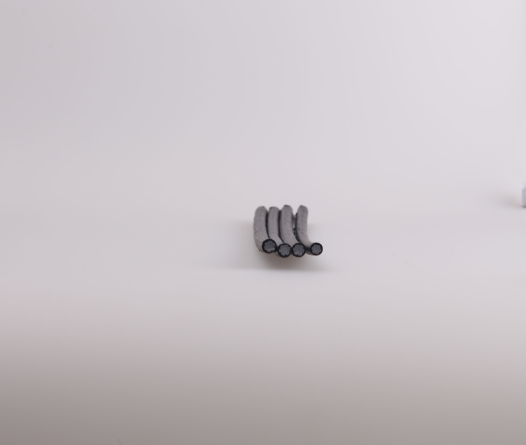
The following factors should also be considered when selecting a conductor cross section:
a) The maximum temperature of the cable conductor under specified continuous load, periodic load, accidental emergency load and short-circuit current.
b) Mechanical load received during cable installation and operation.
c), the electric field strength in the insulation. When a small-section cable is used, an impermissible high electric field strength is generated in the insulation due to the small diameter of the conductor.
In order to guarantee the service life of the cable, the temperature of the cable conductor in operation should not exceed its specified long-term allowable operating temperature. The cable current carrying capacity should be greater than the maximum operating current. The main purpose of the cable should be to ensure that the insulation performance of the cable is effective throughout the service life, and the temperature is the most important factor affecting the stability of the insulation components. In the insulation system of the cable, heat aging can cause irreversible changes in the properties of the material, generally manifesting as partial discharge, electric branches, water trees and the like. The high temperature not only causes the aging of the squall material, but also affects the insulation performance, and also causes the aging insulation material to deteriorate rapidly and cause an accident. The cable current carrying capacity, which has the most direct linear relationship with the cable operating temperature, will be the most important factor in selecting the cable cross-sectional area.